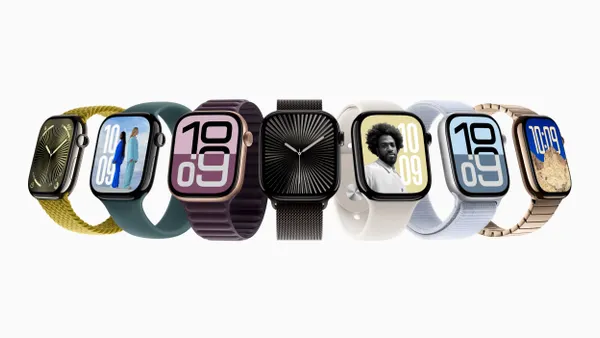Dive Brief:
- Johnson & Johnson has created a digital platform for developing and distributing in-house and third-party surgical applications, the company said Thursday.
- The Polyphonic platform features a collection of J&J applications that use surgical data, a secure platform for developing software and a marketplace for distributing the digital tools.
- J&J is initially focusing on surgical video, telepresence and planning and limiting access to select hospitals. The company plans to expand the platform to cover other applications in the future.
Dive Insight:
J&J is pitching Polyphonic as an “open and secure digital ecosystem for a more connected surgical experience.” Software applications housed on the platform are agnostic to the source of the data and are designed to provide insights that help healthcare teams and patients before, during and after surgery.
The platform has three parts: solutions, studio and store. Solutions covers a collection of applications for helping surgical teams and patients. Studio is a workshop that third parties can use to create algorithms and applications. J&J’s pact with Nvidia will bring artificial intelligence capabilities to the workshop. Store is a marketplace and distribution hub for applications developed by J&J and third parties.
J&J is providing applications and features for surgical video editing and publishing, case management, procedure planning and surgical telepresence as part of the first release of the platform. The initial focus reflects J&J’s belief that video is a significant source of surgical data. J&J sees a need for tools that help surgeons manage, tag, edit and securely share de-identified video content.
Later releases of the platform will target “the broader digital surgery ecosystem,” J&J said. The company is aiming to make the platform broadly available in 2025, after completing a beta program with select hospitals.
The platform is in keeping with the vision for surgery that J&J executives have sketched out in the past. J&J CEO Joaquin Duato discussed the opportunities created by the digitalization of surgery at Bernstein’s 40th Annual Strategic Decisions Conference in May.
“Our medical devices, our instruments, now they are connected and they can give you indicators that in the past was not possible,” Duato said. “So I think we're going to see significant progress in the medical device side by the incorporation of connectivity and technology into the medical devices and that will transform surgery over time.”












